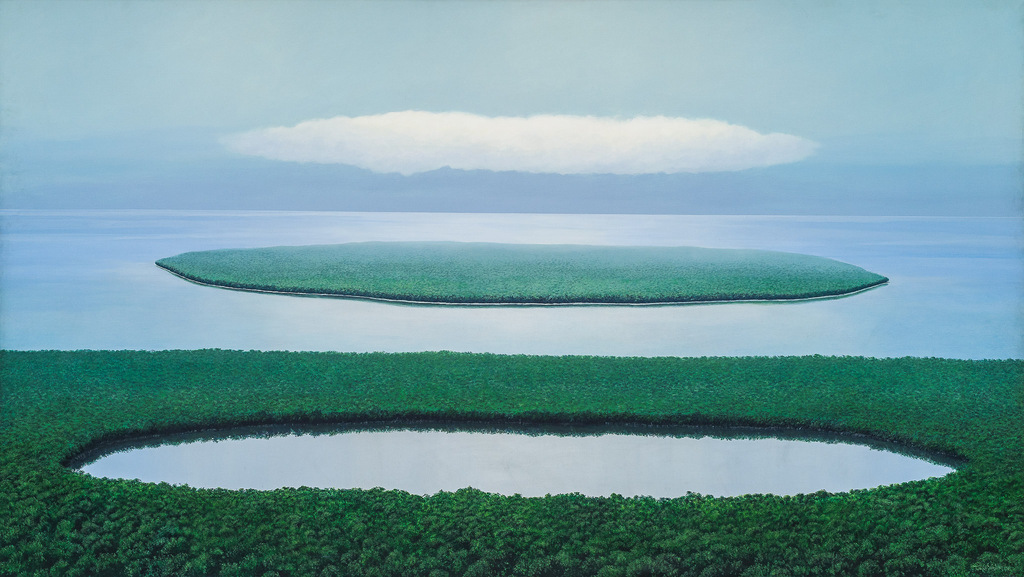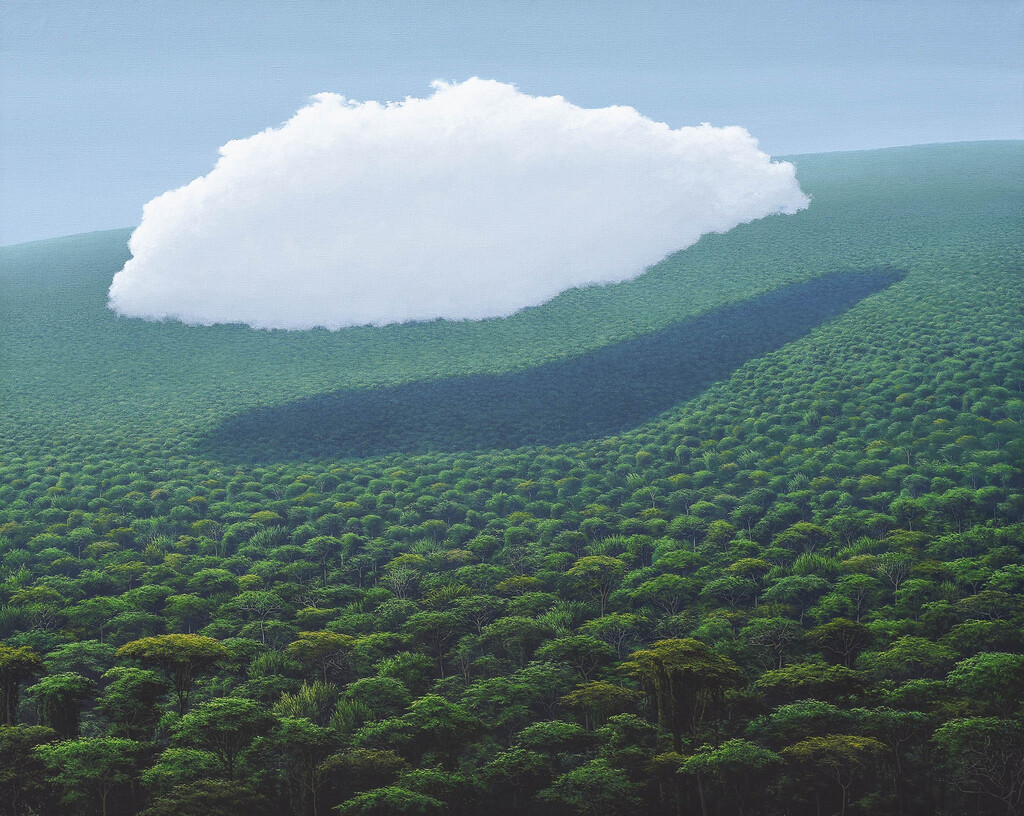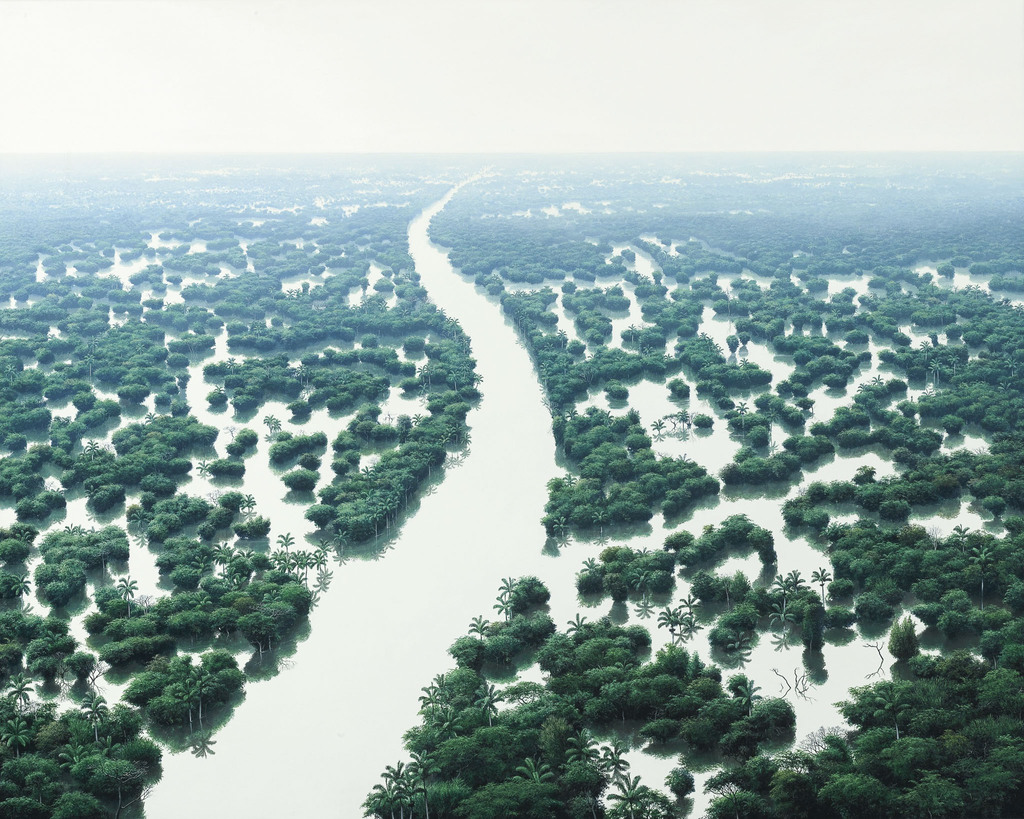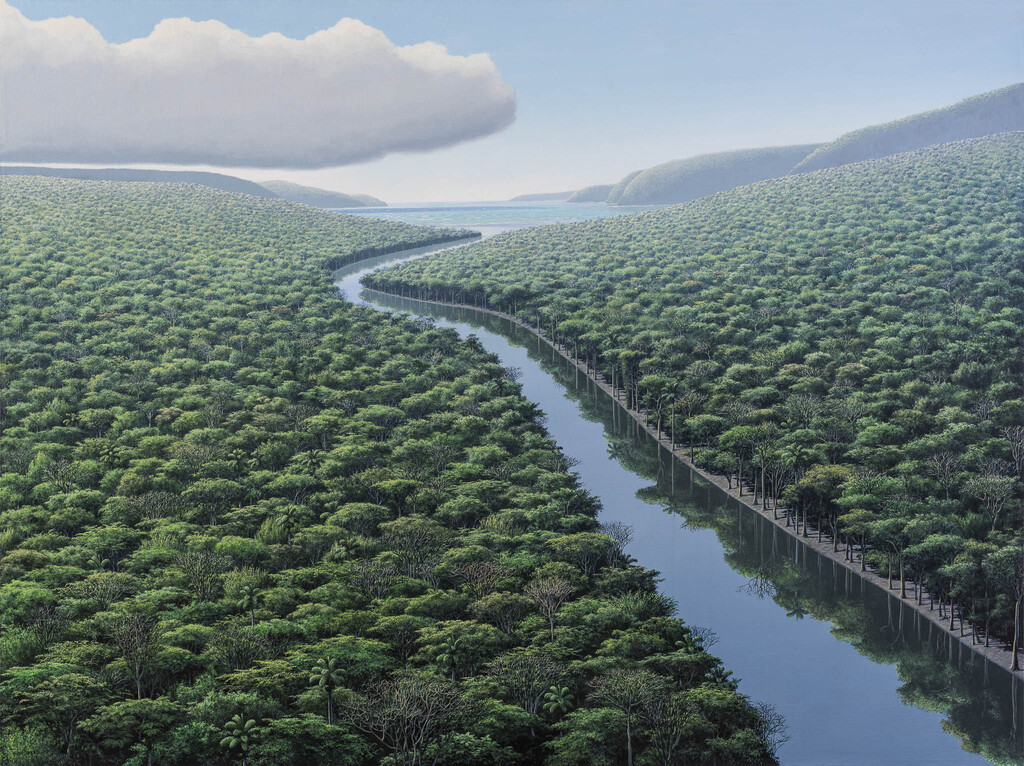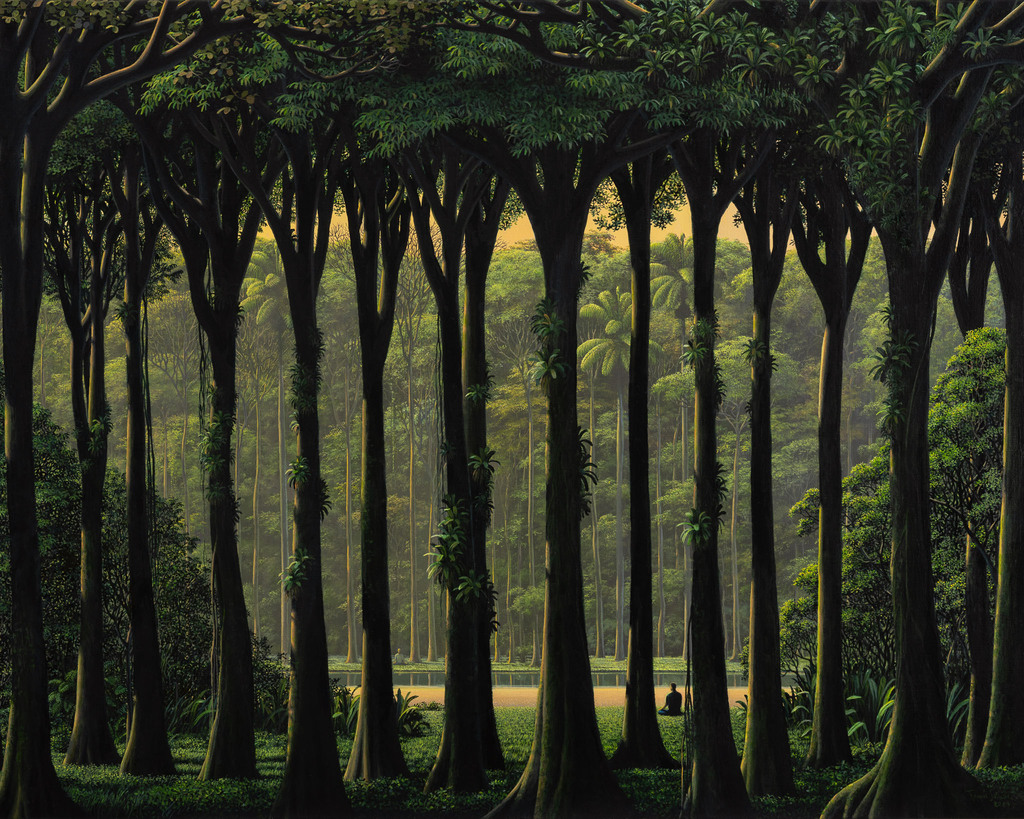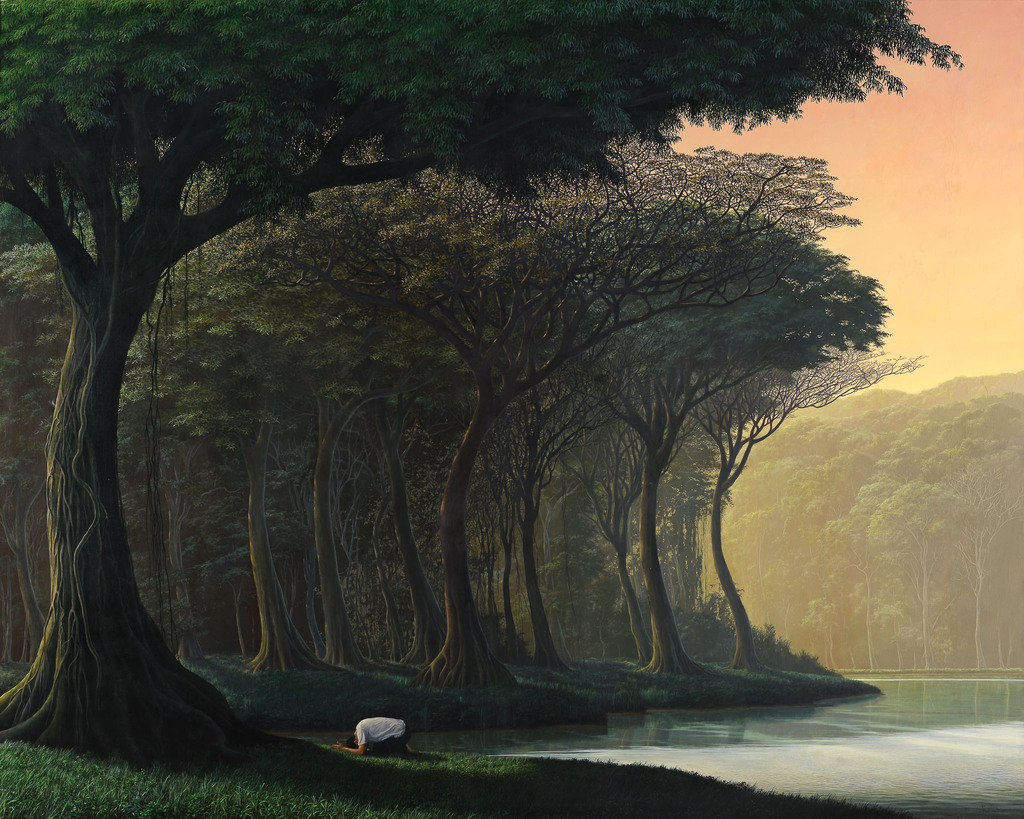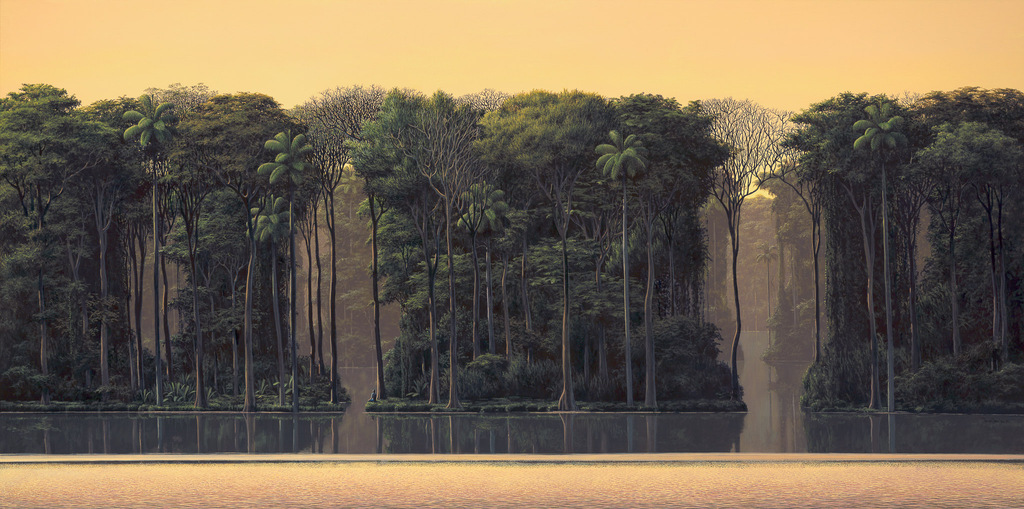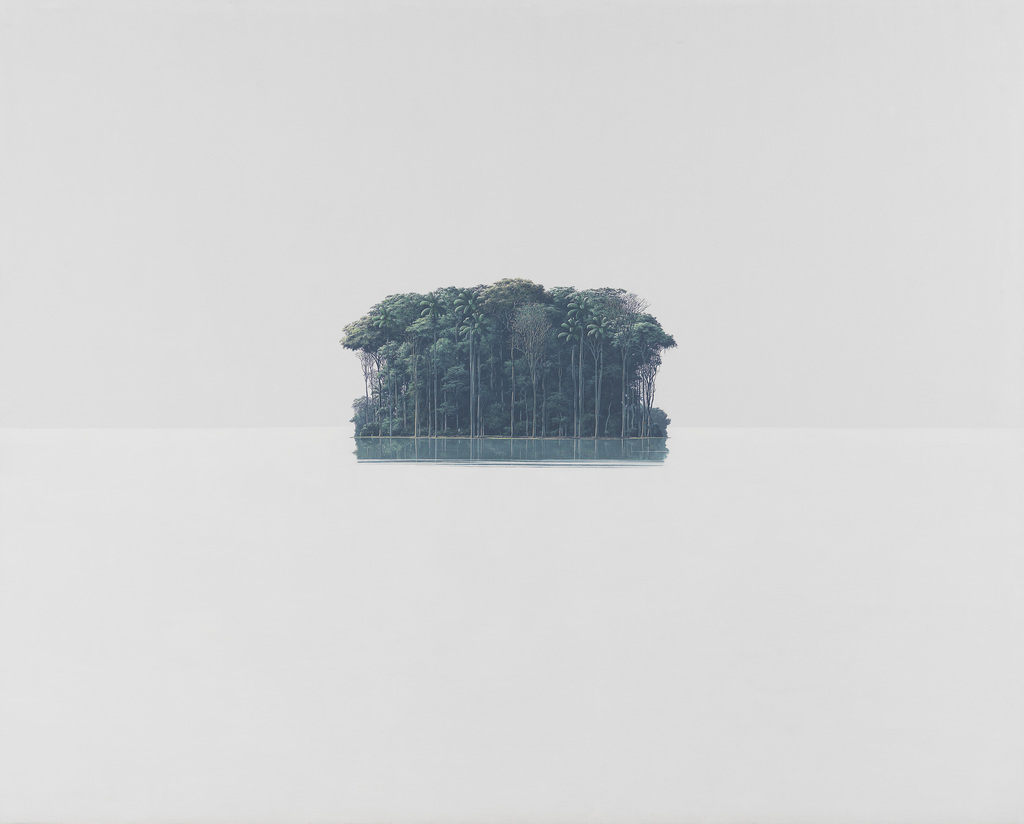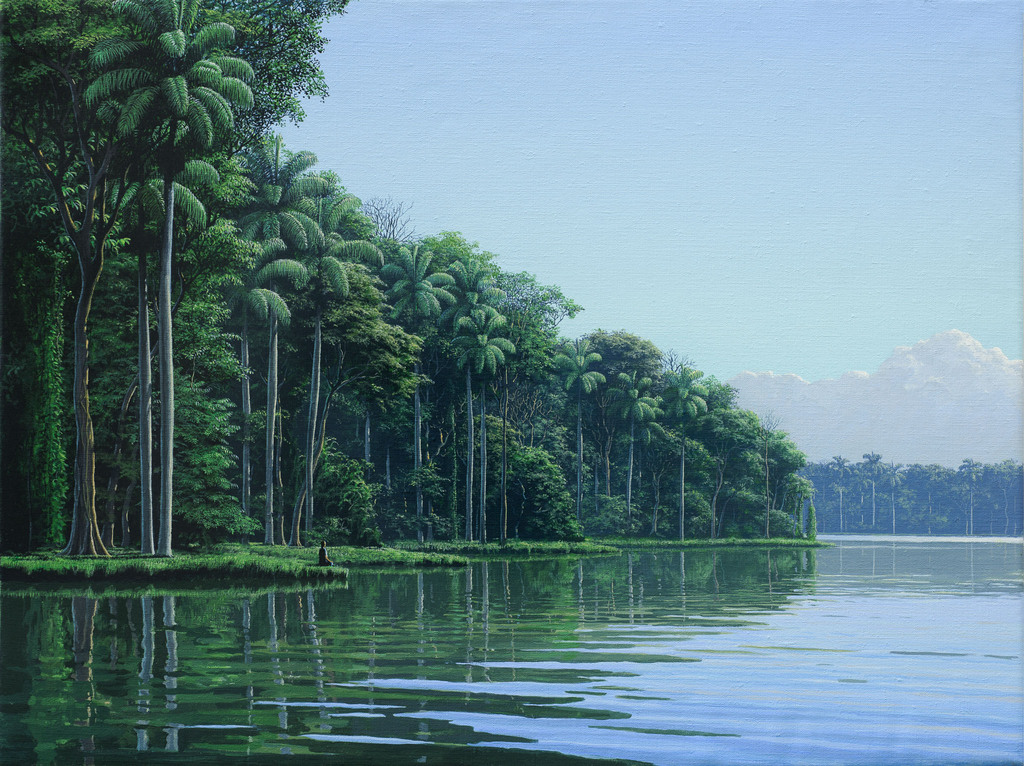
Artist’s Biography
Tomás Sánchez is a highly esteemed contemporary artist renowned for his captivating and immersive landscapes that transport viewers to realms of tranquility and introspection. Born in 1948 in Aguada de Pasajeros, Cuba, Sánchez has emerged as one of the country’s foremost artistic voices, embarking on a profound artistic journey marked by accolades and exhibitions around the world.
From a young age, Sánchez fostered a deep affinity for painting, nurtured by his mother. At 16, he relocated to Havana, where he pursued a formal art education at the prestigious National Academy of Fine Arts San Alejandro. His talent and dedication were soon acknowledged when he received the First Prize in Drawing for Young Artists at the National Exhibition of Arts during his time at the newly established National Art School (ENA), from which he graduated in 1971.
Sánchez’s career blossomed in the years that followed. He served as a professor of engraving at the National Art School, earning multiple awards for his artistic prowess. In 1980, his breakthrough on the international stage arrived when he won the esteemed First Prize at the XIX Edition of the International Prize of Drawing Joan Miró, propelling him into the global art scene. The following year, he held a solo exhibition at the Joan Miró Foundation, Centre of Contemporary Art in Barcelona, Spain.
Throughout his illustrious career, Sánchez’s works have garnered critical acclaim and have been exhibited in over 30 countries. Notable exhibitions include a retrospective at the National Museum of Fine Arts in Havana, Cuba, in 1985, and the exhibition “Different Worlds” at the Museum of Art in Fort Lauderdale, Florida, USA, in 1996. His contributions to the art world have been recognized with numerous awards, including the National Prize for Painting at the Havana Biennial in 1984.
In 1993, Tomás settled in Miami, USA, where his art resonated with American critics and established him as a masterful talent. Over the years, his works have commanded substantial prices at auctions, attesting to their enduring appeal. Currently residing in Costa Rica at the age of 75, Sánchez continues to create captivating landscapes that bridge the realms of reality and spirituality.
Sánchez’s artistic vision encompasses a fusion of diverse influences, drawing inspiration from South American ecosystems, his native Cuba, and the realms of meditation and yoga. His paintings eloquently capture the fragile harmony between nature and humanity, presenting both undisturbed paradises and haunting mountains of trash. Through his art, Sánchez confronts pressing issues such as deforestation and ecological degradation while evoking a sense of serenity and surrealism.
With his distinctive symbolic language, Sánchez invites viewers to transcend geographical boundaries and enter a realm of heightened consciousness. His works often feature a solitary figure, seen from behind, acting as a witness to the grandeur and power of nature. Through this artistic device, Sánchez encourages viewers to contemplate their own existence and the delicate balance between humans and the natural world.
Tomás Sánchez’s profound artistic legacy has earned him a prominent place among contemporary Cuban artists. His timeless and thought-provoking landscapes resonate deeply with audiences worldwide, capturing the imagination and stirring a sense of connection with the natural world. As Gabriel García Márquez, the renowned novelist and one of Sánchez’s biggest fans, once remarked, “if the world deserves to be made again, it is because, as much as it can, it resembles his painting.”

Interview Artist
Tomás Sánchez
By Carol Real
If you were to recall an childhood memory, what is the first one that comes to mind?
The first thing that comes to mind when I think of my childhood is the sound of sugar cane being crushed at the sugar mill where I grew up. I would be lying on my bed or the floor, painting and drawing.
Could you share your artistic journey, from your initial studies in Cuba to your international recognition?
In 1964, I moved from my hometown, Central Perseverancia, in the province of Cienfuegos, to Havana to pursue my dream of studying visual arts, plastic arts, or painting (as it has been called in different periods). I was only 14 years old at the time. I studied for two years at the San Alejandro Fine Arts Academy, which is the oldest fine arts school in Cuba, where the director was also the professor of art history. For the first time in my life, I failed in that subject, which was one of the ones I was most interested in and in which I had excelled until then. For that reason, I transferred to the National School of Art (ENA) and studied there for five years.
In my fifth year at ENA, in 1970, I won the first prize in engraving at the Youth Salon, and I became a professor of engraving at the school. However, in 1976, partly due to my practice of yoga and meditation, but also due to a series of lies that became a long and difficult problem to explain, I was expelled from the school—not legally—and subjected to investigations for four years.
During those years of exclusion, I only exhibited once, in 1979, at the 10 de Octubre Gallery. Teresa Soto, who ran the gallery, was the mother of Alberto Palmero, my colleague in the doll workshop where I was working at the time. She gave me the opportunity to exhibit despite facing opposition from many people. Immediately afterward, Alcides Rivera, who was the provincial director of Plastic Arts in the capital, also offered me an exhibition at Galiano and Concordia. Despite much opposition, this officially marked the end of that period of exclusion. Later, I joined the group 9 Versiones del Paisaje, which was a short-lived as it ultimately ended with the Mariel boat lift, one of the largest migratory movements in Cuba in the second half of the 20th century.
In 1980, I won the Joan Miró International Drawing Prize, which allowed me to travel to Barcelona in 1981. That’s when my career began to expand and become more international—Colombia, Panama, Spain, and many countries in Europe showed great interest in my paintings. In 1985, I exhibited at the National Museum of Fine Arts in Cuba, which I consider a career milestone. However, the more significant commercial success occurred in Mexico when Nina Menocal organized an exhibition of my work at the Arvil Gallery in Mexico City. It sold out completely. Since then, I have been able to sustain myself through my art, and I consider myself fortunate for that.
Although I settled in the United States in 1993, I maintained contact with Cuba and revised the country in 1995. I participated in various exhibitions, including at the Servando Cabrera Museum and a collateral exhibition during the Havana Biennial in 2009 at the invitation of Alexis Leyva (Kcho). In 2014, I had a solo photography exhibition at the Wifredo Lam Center. As part of the 2015 Havana Biennial, I exhibited at the National Museum of Fine Arts—30 years after my first show at that institution. There have been many more exhibitions and projects, but this would be a fairly appropriate summary of them. In addition, I have exhibited for 27 years with Marlborough Gallery, who officially represents me.

Did you receive any advice at the beginning of your career that you regret not following?
At the beginning of my career, I created a lot of expressive paintings and lithographs with evocative imagery. Around 1973-1974, I began incorporating landscapes into my work because I had always been interested in the landscape genre. When landscapes became more predominant than the expressive figuration, many friends and colleagues approached me, saying that landscapes were no longer in vogue, that it was a genre in decline, and that I should continue with my expressive work. However, I wanted to pursue landscapes and didn’t listen to them. Looking back, I believe that was the best decision I made in my career.
Why do you choose to depict nature in your artwork? Describe your artistic style and the influences that have shaped your work, especially in relation to landscape painting.
From the beginning, my landscapes were born from my imagination and my memories. Later, when I started practicing meditation, I experienced a state of interior space during the practice—a curious space where there were no thoughts, just tranquility and bliss. From that space, images emerged I wanted to paint. Sometimes, while meditating, complete ideas for drawings and paintings would appear without any conscious effort. I have notebooks filled with small sketches, many of them drawn in just four strokes. However, my landscapes are never precise representations or copies of nature.
Even when I was working on landscapes, I had a predisposition towards the concept of the Cuban landscape—the little straw houses, oxen yokes, rivers, and palm trees. I wanted to experience nature in all its dimensions, to enter the forests of Ciénaga de Zapata or the Sierra Maestra, where nature remained largely untouched by human hands. Initially, I painted suburban landscapes, but as I discovered more of the pristine Cuban landscape, I desired to incorporate it into my work even more. However, I never took an easel to paint it. My approach was always sensory—to experience and enjoy it, and from there, landscapes emerged that contained not only memories but also the feelings associated with those landscapes. These feelings were linked to the interior state of meditation, and I believe that’s where the uniqueness of my work lies.
Regarding influences, there was a defining moment when I visited the home of Cuban photographer and artist Rogelio López Marín (Gory), where I used to go to paint in a space he generously offered to me and his family. Gory had exchanged with the artist and designer Humberto Peña a huge book by Leonardo da Vinci for one by Andrew Wyeth. When I saw Wyeth’s landscapes, which had a cinematic quality, I realized that contemporary landscape painting was possible. This was a great motivation for me. At that time, I was also influenced by cinema, by filmmakers like Andrzej Wajda, Miklós Jancsó, and Ingmar Bergman. That’s one of the reasons why I felt a close connection to Wyeth. The painting of Ivan Shiskin and Isaac Levitan also influenced me. My friend, the art theorist Guadalupe Álvarez, gave me a book by Caspar David Friedrich. This discovery introduced me to a landscape that conveyed meaning—a landscape with a human dimension. Friedrich is essential in shaping my perspective on painting and landscapes.
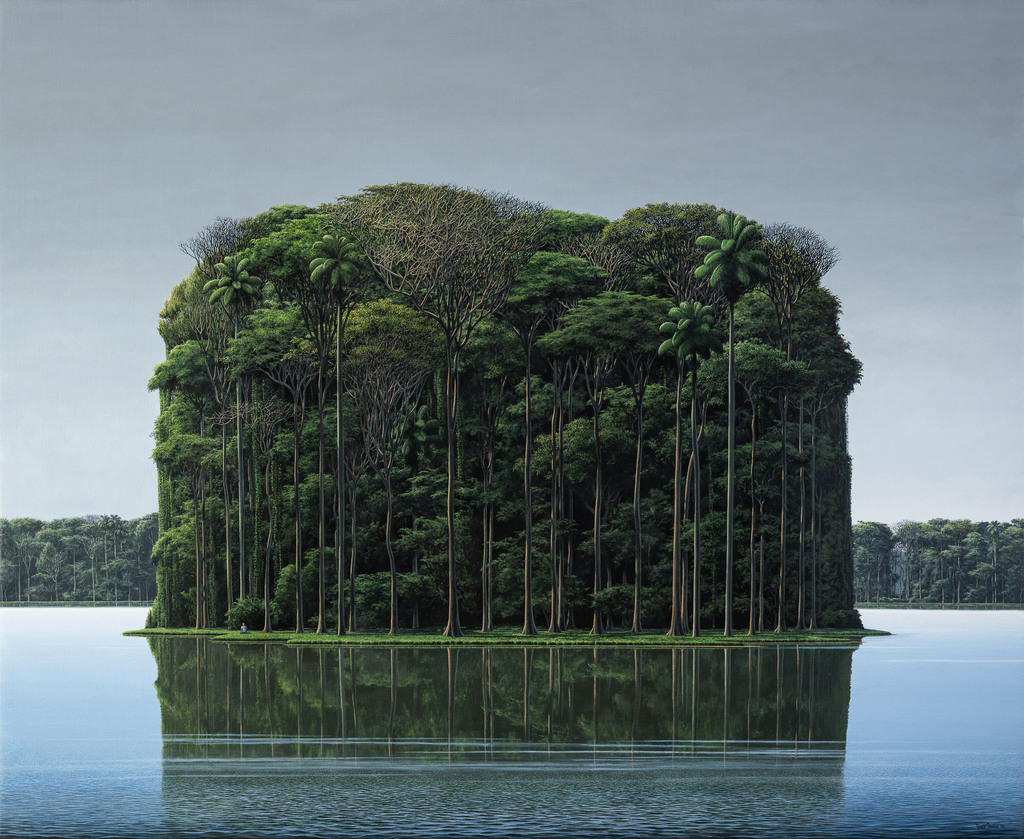
Your paintings often depict pristine landscapes without any human presence. What is the significance of this absence?
Sometimes in my landscapes, there is no human figure, but most of the time, there is at least one person, sometimes three, or even a group of people. I believe that when there is no human figure depicted, the viewer becomes the witness and the observer of the landscape, establishing a connection with it.
In your paintings, you explore both serene natural environments and landscapes filled with accumulated garbage. What motivated you to explore these contrasting themes, and what message do you intend to convey through them?
The garbage dumps, which are also landscapes, emerged in 1980 when I was living in Playa de Guanabo, just outside of Havana. At that time, I joined a group of lifeguards and young people from Guanabo who were studying science or marine biology. This group was highly interested in the area from both a natural and archaeological perspective, so I joined their expeditions. During those explorations, we encountered enormous illegal dumps left by state-owned companies, sometimes due to drivers not wanting to spend fuel or not reaching the official landfills. This deeply moved me, as did the destruction in the copper mines in Lomas de Justin, which was primarily caused by trucks dumping copper slag into a beautiful blue lagoon, contaminating it with chemicals. Through these experiences, I realized that alongside landscapes in harmony with nature, there were landscapes where humanity had intervened brutally and disrupted that harmony. The garbage dumps also hold another meaning for me—the idea that we create garbage due to our consumerism and lack of sensitivity.
Discuss the role of spirituality in your artwork, especially in relation to your meditation practice. How does it influence your creative process and the visions you portray in your paintings?
In meditation, one initially progresses towards a state known as the “witness” state, where one observes their own breathing and the flow of thoughts in the mind. When you start doing this, you begin to reason, “If I can observe my thoughts, then I am something more than the mind that is engaged in those thoughts.” From that state, which is still partly intellectual and not purely spiritual, you move to a state of expanded consciousness, a timeless and limitless space filled with bliss. When that happens, the tranquil and calm mind is expressed in meditation and, in my case, in my art as well.
I believe that art itself—good art—is meditation. When an artist is engaged in the creative process, regardless of the medium (music, theater, etc.), they enter a meditative space where time and space can disappear. The creative act is meditation.
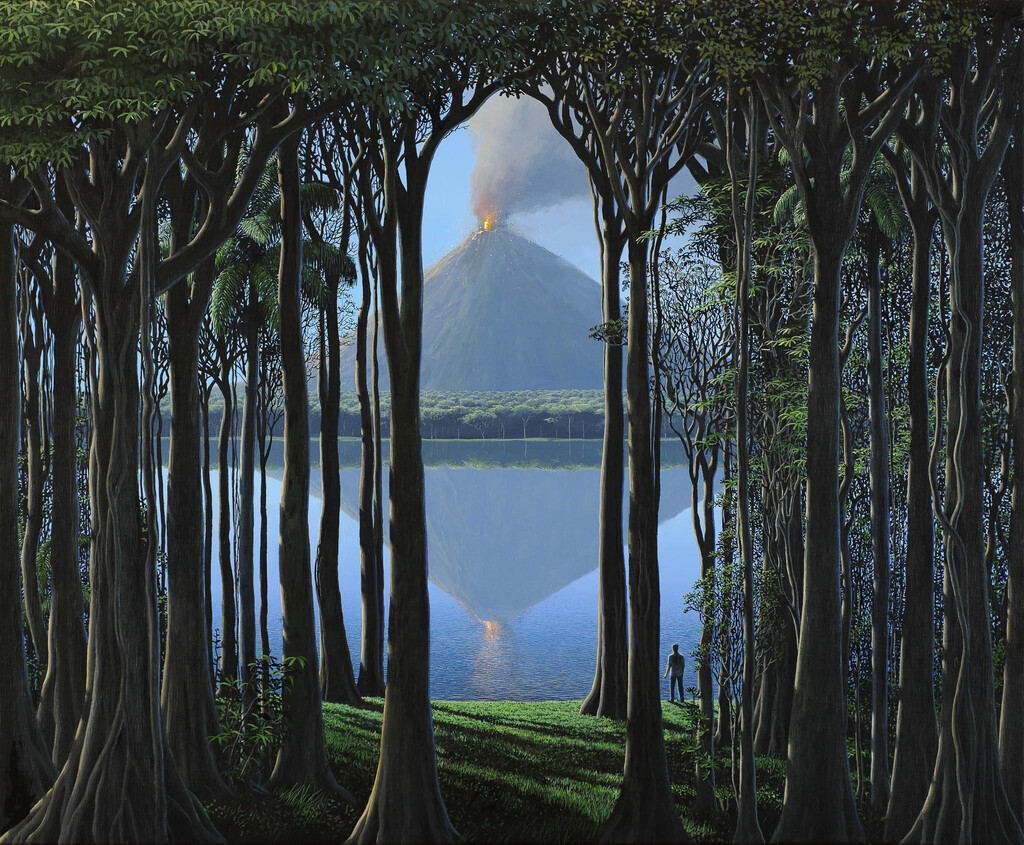
Your paintings often evoke feelings of tranquility and serenity. What emotions or experiences do you hope to evoke in viewers through your art?
I aim to express what I feel and what I experience. Of course, I paint for people, but whether or not they receive what I am expressing depends not only on me but also on the viewer. Some people look at a landscape and say, “It looks like a photo,” which is not what I intend, but I continue to paint, and what happens afterward is open to interpretation by the audience.
Your paintings have been described as surreal and symbolic. Could you explain the symbolism present in your work and the meaning behind the various elements you incorporate into your landscapes?
My intention is not to be surrealist. Although I love surrealism, I believe my work is something different. There might be some symbolism; my paintings often contain metaphors derived from Hinduism and sometimes from ancient Christianity. These metaphors are used to describe states of mind or spiritual experiences. Much of what may appear as symbols also emerges spontaneously.
How do you approach the composition and technical aspects of your paintings, especially in terms of capturing intricate details and creating a sense of depth and space?
I am highly interested in the structure of what I am doing. In the early stages of my career, I painted very freely and loosely, following the flow of ideas. Today, I have a complete and structured idea in mind, and my goal is to express that idea while enjoying the process. Sometimes, my paintings reach a geometric minimalism, and I am currently working on a piece that could almost be a Rothko if it weren’t for the trees and details.
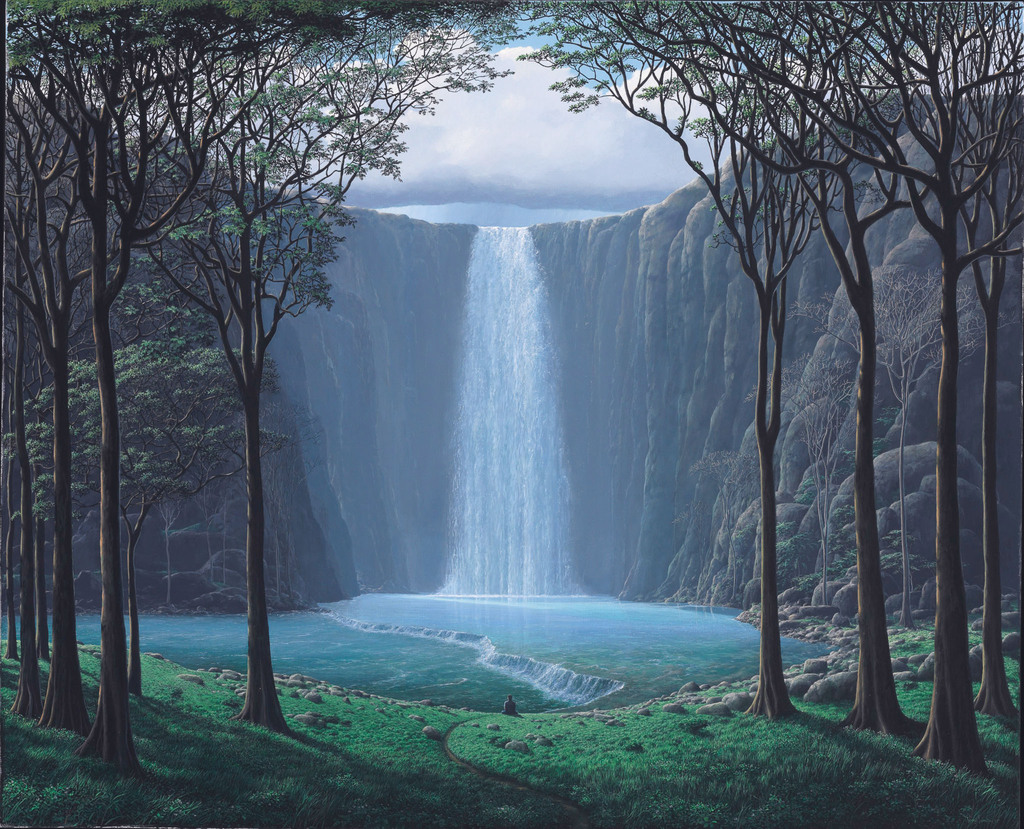
Discuss the importance of the solitary witness figure that appears in many of your paintings. What role does this figure play in the overall narrative or symbolism of your work?
The witness of the landscape is also the witness of meditation—we are all witnesses of our surroundings. Through meditation, one reaches a deeper level of consciousness as a witness. When an individual practices meditation, they see nature with new eyes, and I want to convey the relationship between the viewer, represented by a small figure, and the landscape. Even when there is no human figure in the painting, the viewer becomes the witness, the observer of the landscape.
Your work has been exhibited in prestigious museums and galleries. How has the reception of your art evolved over your 50-year career, and how do you view the relationship between the artist, the artwork, and its audience? What are some of the most memorable responses or reactions you have received from viewers of your artwork?
I often astonish myself with the images I share on my social media because of how my followers have multiplied. There are both superficial comments and many shared experiences of achieving meditative states. During my exhibition at the Museum of Contemporary Art in Monterrey (MARCO), a young woman approached me, crying, and hugged me. She said, “I practice meditation, and when I saw your paintings, I experienced the same feelings I have during meditation.” For me, that was tremendously rewarding and an incredible gift. It’s also rewarding when people in Cuba write to me and say that when they are burdened with worries or tension, they go to the National Museum of Fine Arts to sit in front of my painting, Relación.
As an artist who has lived and worked in different countries, how do you think your artistic identity and perspective have been shaped by your cultural background and experiences? What led you to choose Costa Rica as your place of residence?
I could have chosen Mexico, where I lived for three years, or Brazil or Colombia, but in addition to having marvelous nature, Costa Rica has protected its natural environment extensively. Nearly a third of its territory is dedicated to national parks, and reforestation efforts have been ongoing. Costa Rica is also a safer place compared to many others. These reasons led me to reside there. However, I remain a Cuban artist, an artist of the world.
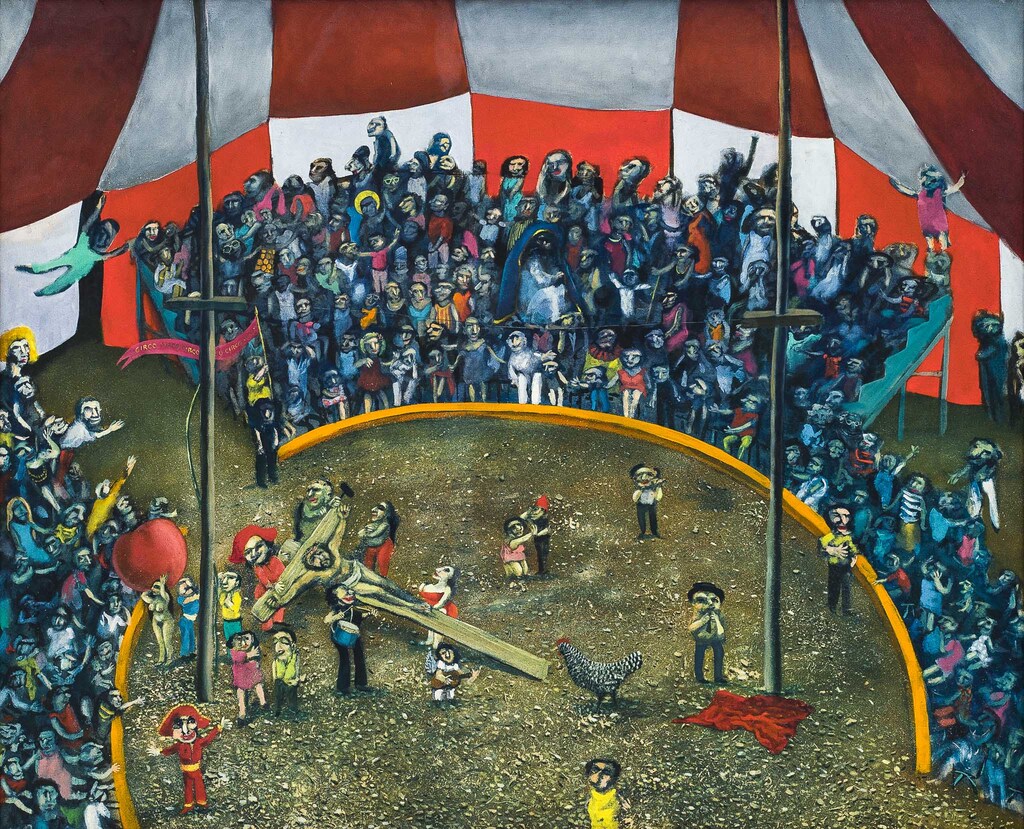
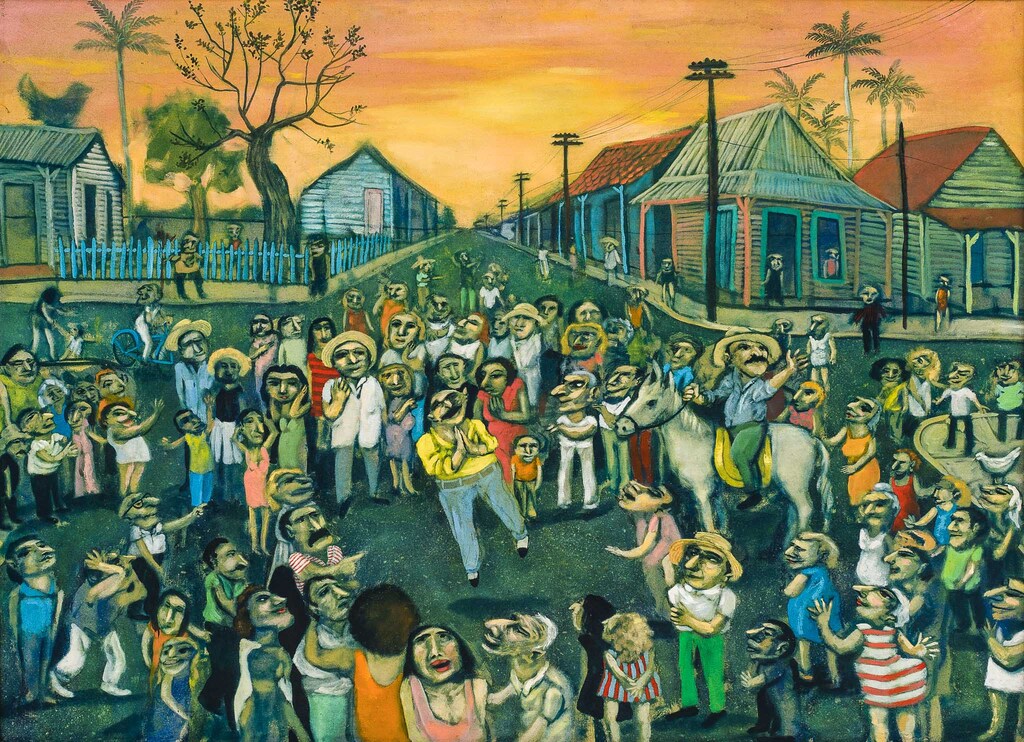
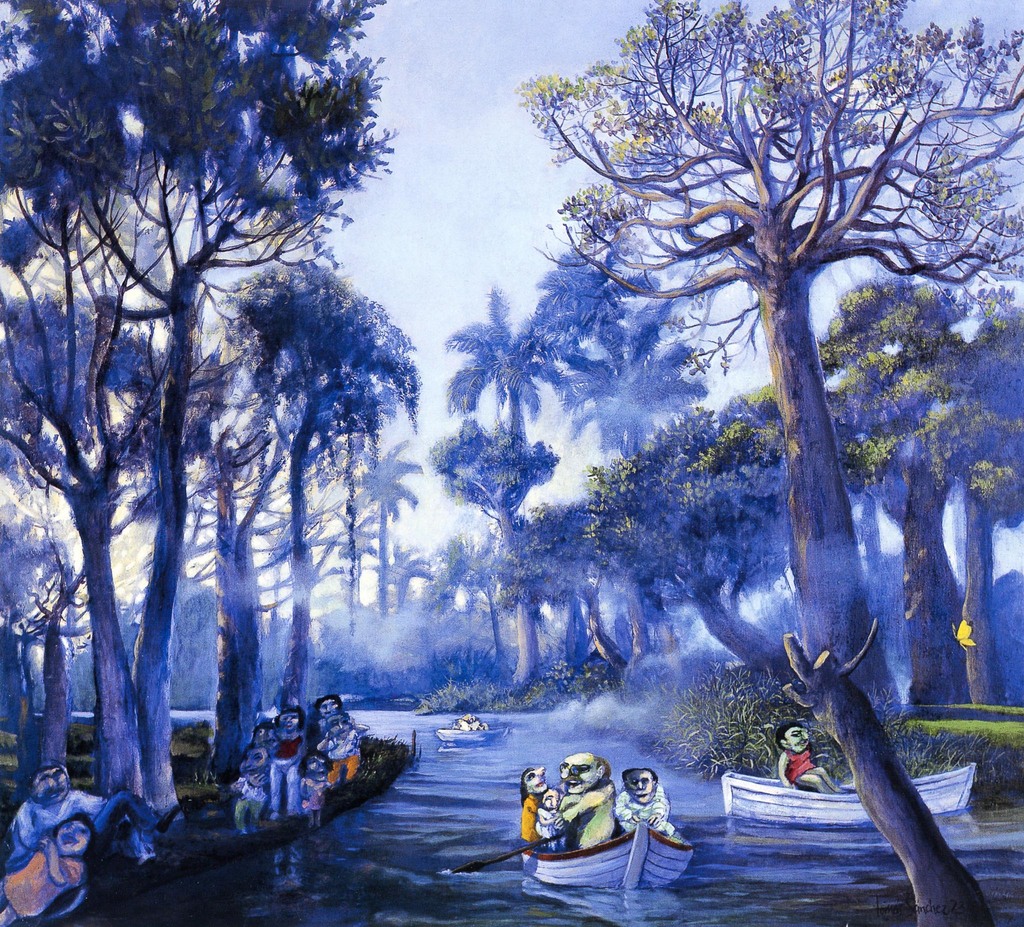
Reflecting on your career, can you describe a particularly challenging moment?
The most challenging moment in my life was when I was unjustly expelled while working as a professor at the National School of Art. I was fortunate enough to find work at the Ministry of Culture’s doll workshop, where we made puppets and stage sets for theater. I truly enjoyed it. I worked there for nine years, even after winning the Miró Prize. Although it was a tough time, it helped me grow as a human being.
How do you use your art as a tool to address and raise awareness about environmental issues while inspiring people to take concrete actions?
When I paint or draw, I only express my feelings and experiences. My intention is not to create changes in the world through my art. When I want to make a difference, I make donations, which I’ve been doing for over twenty years to an organization called the Prasad Project. They have sustainable development projects, invest significantly in health and education, provide micro-loans to women in India, and extend their actions to parts of New York State and Mexico. I also collaborate with other environmental projects, but these efforts are more personal, driven by my awareness of the world’s issues.
What role do you believe art plays in society, especially in addressing sociopolitical issues and provoking reflection and discussion?
I think it’s great that there are artists who address art from those perspectives. In my case, I am more concerned with something internal, which I find more critical than anything in the world. However, that doesn’t mean that I do nothing for justice and ideals that benefit humanity.
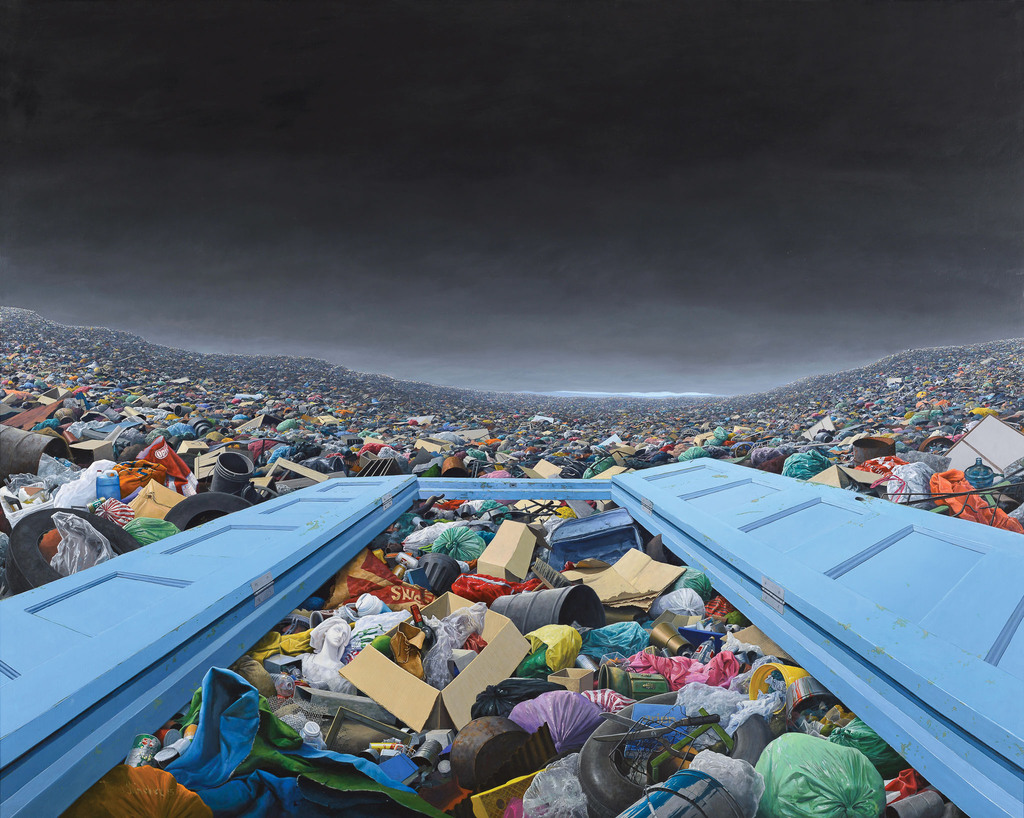
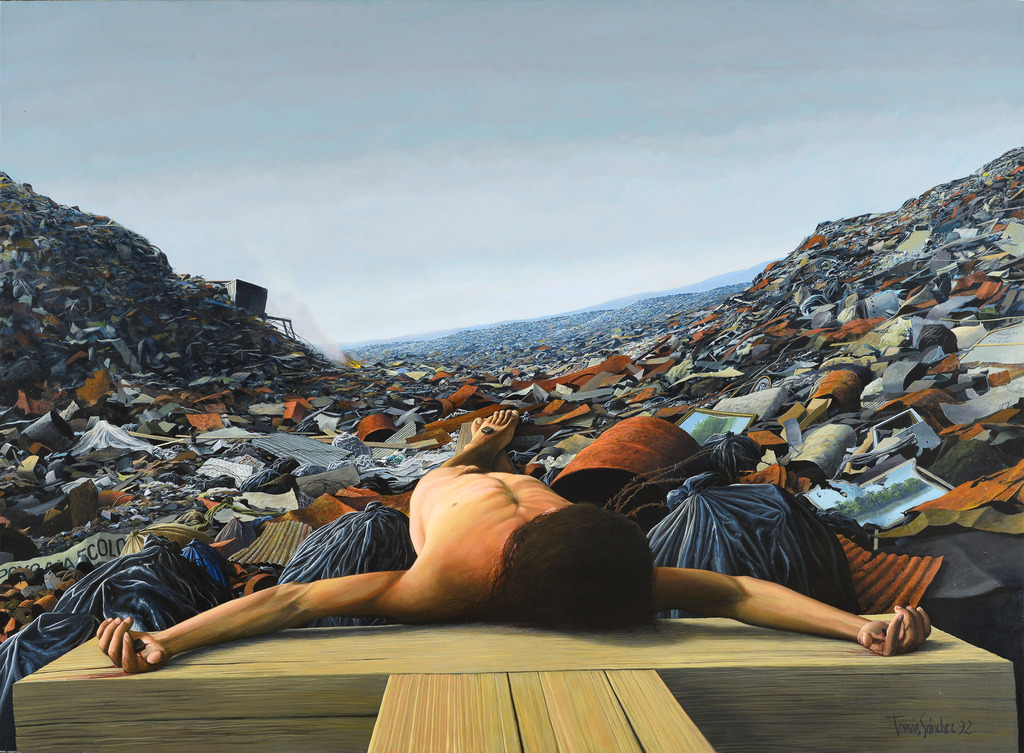
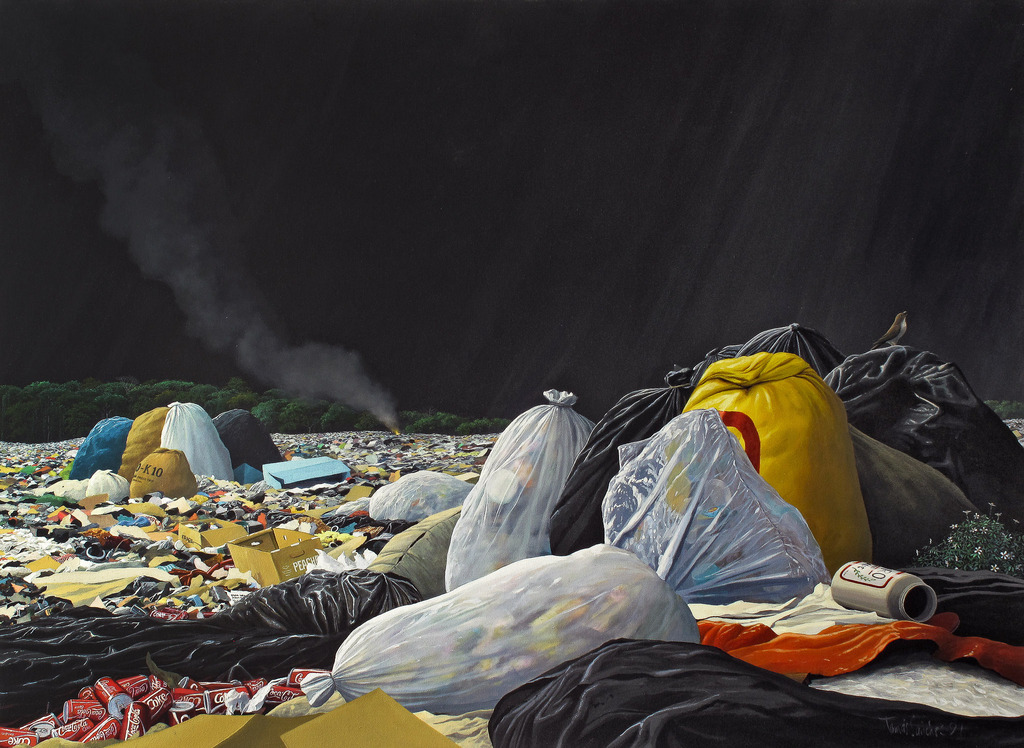
How has your style or focus in painting changed over the years?
My meditation practice has evolved over 53 years and so have my experiences. With that, my painting has changed. I notice that when I approach certain themes that I worked on in the 1980s. I now do so with more depth and a different perspective.
At the age of 16 when you were just beginning your career, did you ever imagine you would become one of the most recognized artists in the world? Throughout your journey, was there a moment when you realized you had achieved the success you desired?
The only thing I desired was to make a living from painting, to have a place to paint, and enough time to do so. I never planned to be famous, earn more money, or have my art be highly valued or talked about. I am content with being able to paint and make a living from it.
If you had the opportunity to travel back in time, would you make the same career decisions?
I can say with certainty that I would still be a painter. I was born with a predisposition to become a painter. According to my parents, one of the first phrases I said was “I want to be a painter.”
What are your “Lines to Live By” (or life principles)?
My principles of life are, first and foremost, what I can achieve through meditation and what I can do for nature, to help others, both those near and far, even those I don’t know.
Image credits: All images courtesy of the artist
Editor: Kristen Evangelista
